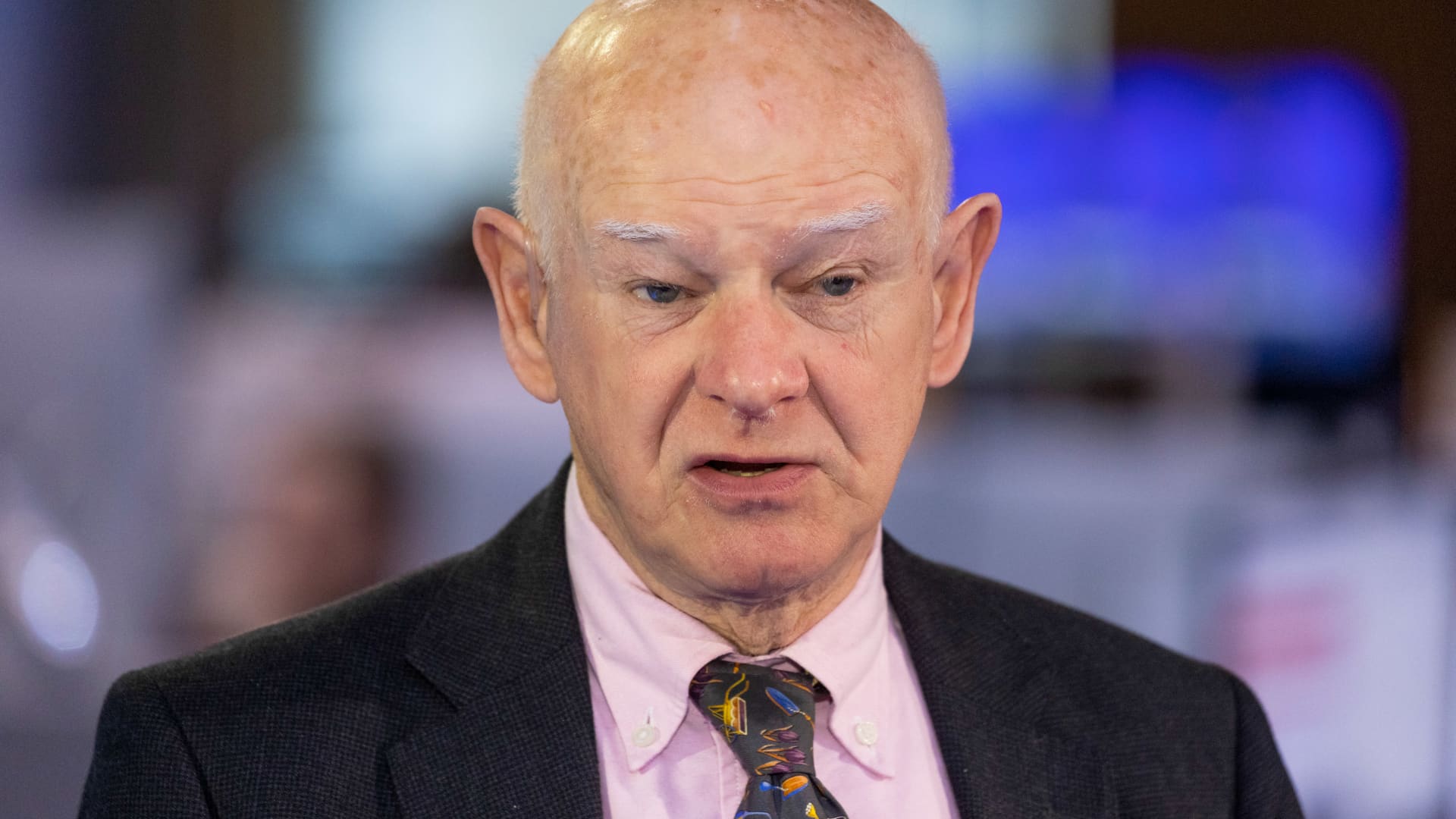Five seasons in, one gets the sense that Noah Hawley’s Fargo is in danger of repeating itself.
Welcome to Previously On, a column keeping an eye on the latest returning TV shows. In this edition, Valerie Ettenhofer reviews the fifth season of FX’s Fargo.
By now, Fargo is one of a small handful of shows that comes around pretty much whenever it feels like it. After its acclaimed first two seasons aired successively, a two year gap followed, and each of the anthology’s most recent chapters have a full three years between them. Noah Hawley dips back into the well of the Coen Brothers’ cult classic world (which the show barely borrows from in some seasons, and relies heavily on in others) whenever he has a good idea and a star-studded cast to match. With the new season, the series’ fifth, the cast certainly comes through, but the idea doesn’t always rise to meet it.
Fans of the 1996 film from which the FX series borrows its name may be particularly taken by the latest installment of the series, as it gestures towards its darkly humorous forefather more liberally than any season since the first. The latest batch of episodes takes place in both Minnesota and North Dakota in 2019, and follows a chipper housewife named Dot (Juno Temple) whose past has come back to haunt her. Temple is the season’s brightest spot; she plays Dot as a bundle of Midwestern pep whose smiling references to PTA meetings never quite cover up for her well-earned sense of paranoia.
In the best scenes of the six episodes of Fargo available for review, Dot becomes a sort of girl-boss Kevin McCallister, defending herself from powerful, violent men by creating crafty and convoluted traps that manage to knock everyone she encounters on their ass. She’s self-assured, fearless, and innovative in her violence, and each scene in which she faces off against would-be attackers acts as an awe-inspiring centerpiece to its respective episode. Our collective curiosity about Dot’s backstory – how is one woman able to do all this? – is this season’s most propulsive force. Tight direction and cinematography an an unusual soundtrack also bolster the season.
Though Temple deserves our utmost attention, the rest of the show’s cast is, for the most part, compelling. Jon Hamm’s Sheriff Roy Tillman is a frighteningly archaic leader with cult-like power over his local community. Stranger Things star Joe Keery is his dumb adult son, a young deputy with an itchy trigger finger. Never Have I Ever’s Richa Moorjani is a quietly competent local investigator (who’s rarely listened to, in the vein of season 1’s Molly), while David Rysdahl gives the season’s funniest performance as Dot’s sweetly accommodating husband. The cast’s one weak link is a big one, though: Jennifer Jason Leigh, typically a welcome addition to anything she’s in, seems here to have been instructed to talk like a femme fatale from a noir movie and speak only in insults that sound like a parody of wealthy conservatism. She’s distracting and badly employed here as Dot’s haughty, powerful mother-in-law.
The season has other weak points as well. It introduces yet another enigmatic, nearly superpowered assassin who delivers every line with icy vagueness. No killer in the show has ever topped Billy Bob Thornton’s spin on Lorne Malvo way back in season one, and it seems a bit silly for the show to keep trying. Even sillier are Fargo’s attempts to tackle America’s political woes. The show has always presented rather broad representations of the regional cultures it zooms in on for the sake of comedy purposes, but the revolution-courting Republicans here – of which there are several – seem more like caricatures than the show’s past villains. The show is incapable of making Trump-era hate funny, nor should it, but it’s also not particularly interested in portraying that hate with any measure of realism. Of course, Fargo has often veered towards the surreal in the past, but the new season consistently grounds itself in the real political landscape with topical references to topics like gun laws and gender presentation. For once, it’s too on the nose for its own good.
Fargo fares a bit better when dealing more abstractly with the type of thinking that’s infected America in the years since the show was first released. Several characters here, heroes and villains alike, attempt to shape reality by telling a lie again and again, daring everyone around them not to believe the clear untruth. This recurring theme, of “facts” built around bullying and dogged insistence, is a much more interesting prism through which to look at the Trump years.
In the end, though, Hawley and his co-writers already pulled off a pitch-perfect look at the corrupt soul of America – in the show’s excellent fourth season, which featured a Black-led cast and which already seems to be conspicuously ignored in discussions around the show’s brilliance. That season and others feel like the show’s most unique offerings to date, proof that Fargo can reach beyond the confines of its source material while maintaining the quirky, darkly funny spirit of the Coen Brothers. In season 5, there are glimmers of this mix of originality and homage, but they’re too often bogged down by campy choices and not-so-sharp satire. I’ll keep watching not because I like the season, but because the power of Temple’s performance is enough to compel me through any number of bad accents and MAGA parodies.
Related Topics: Fargo, Joe Keery, Jon Hamm, Noah Hawley

Recommended Reading
















